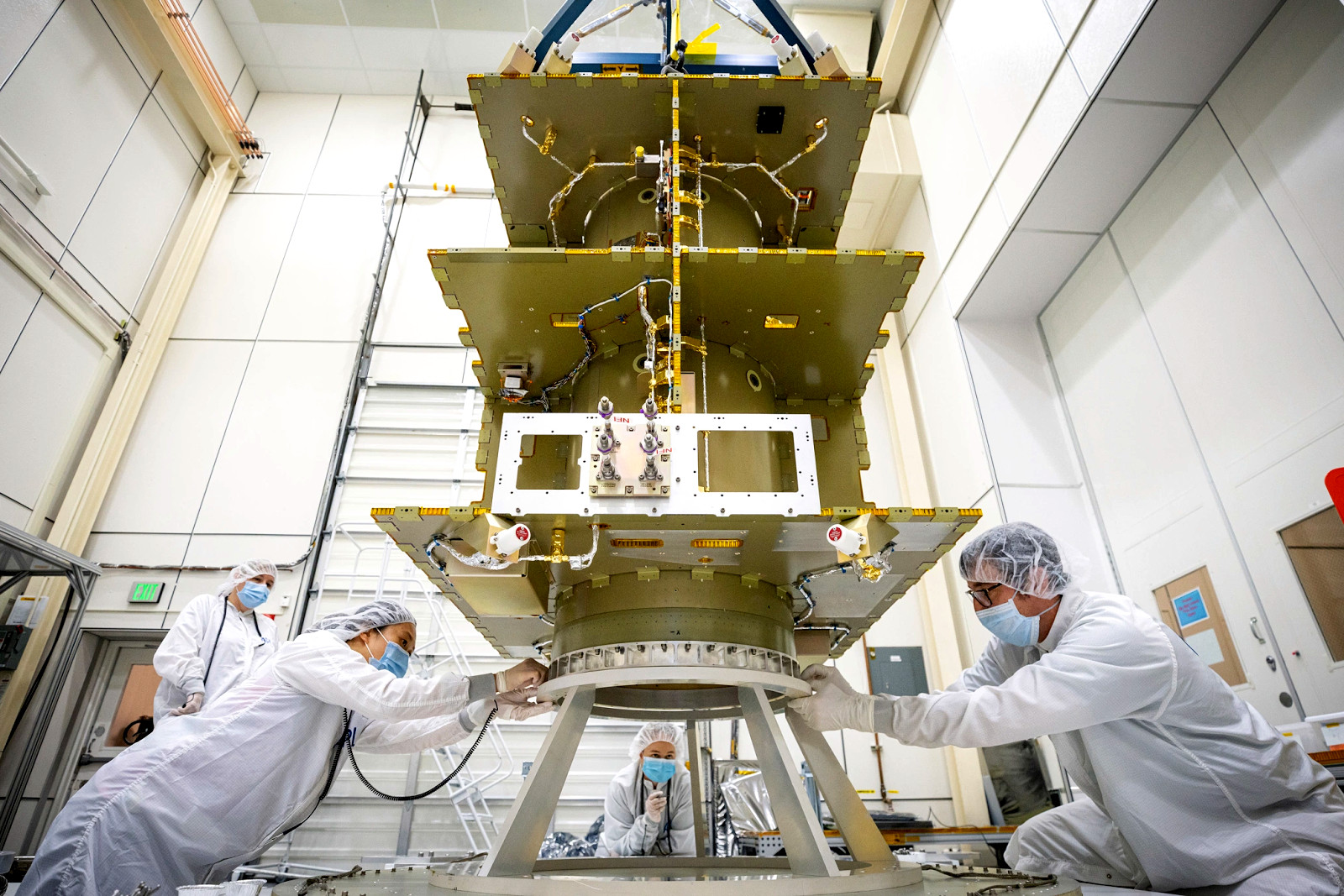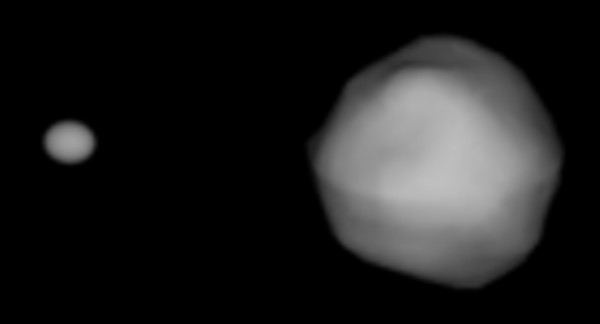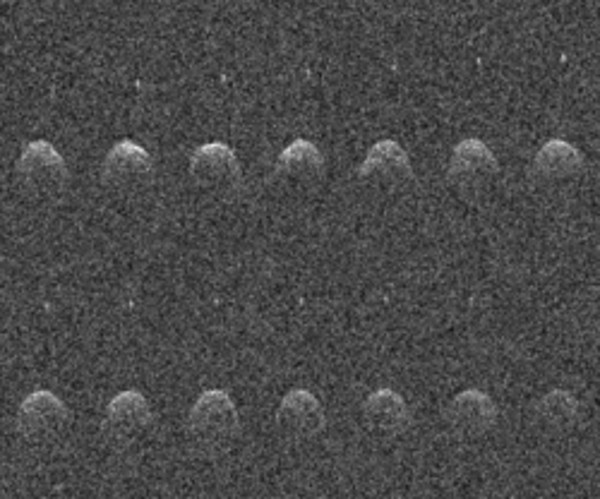De Nieuwsbrief van het Massachusetts Institute of Technology (MIT) bracht het nieuws dat er een satelliet omhoog zal gaan (de DART ), die de baan van de asteroide Dimorphos een klein beetje gaat veranderen. Doordat de satelliet er op gaat botsen (als alles goed gaat), moet de snelheid van de asteroide met 1 mm/sec veranderen.
Daardoor verandert ook de baan. Een mm/sec lijkt weinig, maar opgeteld over lange tijd kan het in de positie veel uitmaken.
Dimorphos is geen gevaar voor de aarde, maar andere satellieten kunnen dat wel worden. Vandaar deze test.
Onder de foto het verhaal uit de MIT-nieuwsbrief.

In a clean room in Building 23 at the Johns Hopkins University Applied Physics Laboratory (APL) in Laurel, Maryland, a spacecraft called DART was splayed open like a fractured, cubic egg. An instrument called a star tracker—which will, once DART is in deep space, ascertain which way is up—was mounted to the core, along with batteries and a variety of other sensors. The avionics system, DART’s central computer, was prominently attached to square, precision-machined panels that will form the sides, once the spacecraft is folded up. Wires ran from the computer to the radio system that DART will use to communicate with Earth. Gyroscopes and antennas were exposed. In a room next door, an experimental thruster system called NEXT-C was waiting its turn. Great bundles of thick tendrils wrapped in silver insulation hung down from the spacecraft and ran along the floor to the control room, where they connected to a towering battery of testbed computers operated by four engineers.
A clock over one of the computers read, “Days to DART Launch: 350:08:33.”
DART—the Double Asteroid Redirection Test—is designed to crash into an asteroid called Dimorphos. The impact will change Dimorphos’s speed by about one millimeter per second, or one five-hundredth of a mile per hour. Though Dimorphos is not about to collide with Earth, DART is intended to demonstrate the ability to deflect an asteroid like it that is headed our way, should one ever be discovered.
Since a Soviet probe called Luna 1 became the first spacecraft to escape Earth’s orbit on January 2, 1959, humanity has sent about 250 probes into the solar system. DART is unique among them. It is the first that sets out not to study the solar system, but to change it. Read the full story.
—David W. Brown


Voor een eerder artikel uit de Quest over botsingsgevaar van asteroiden zie